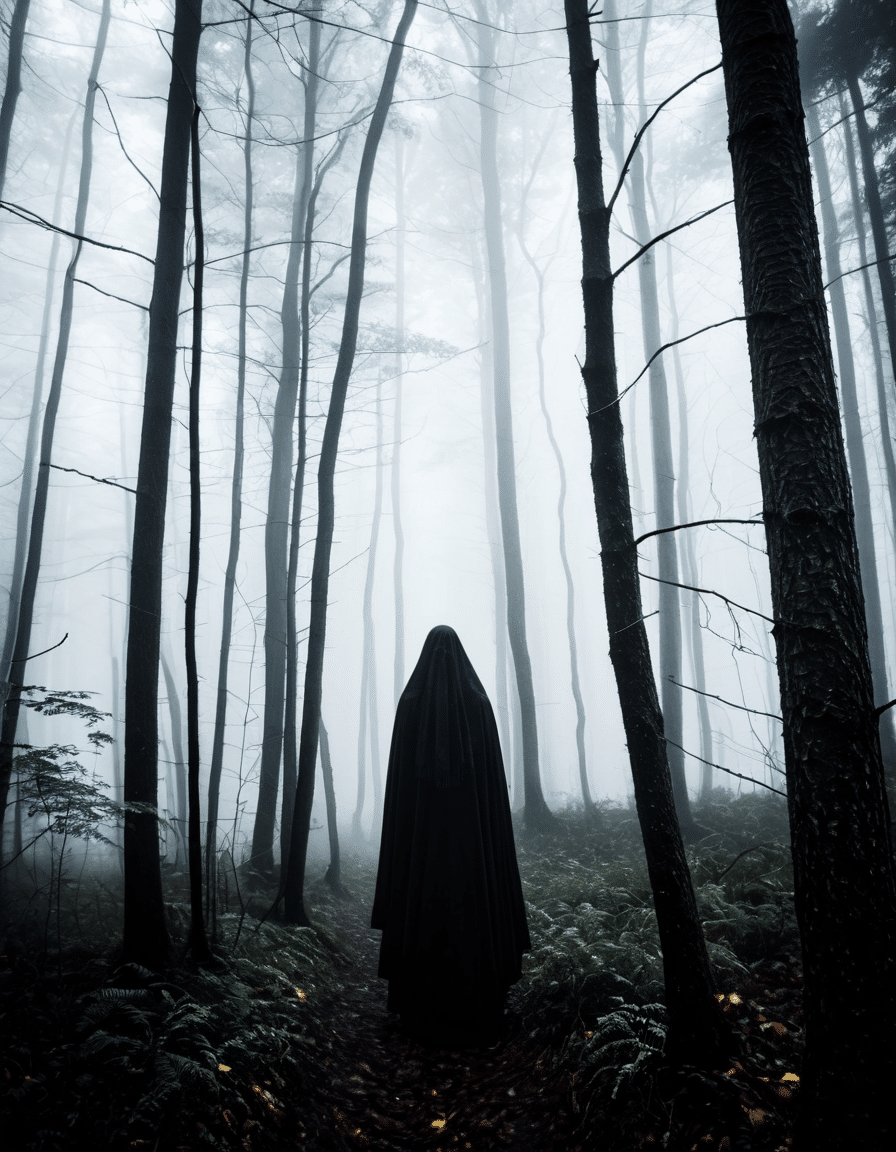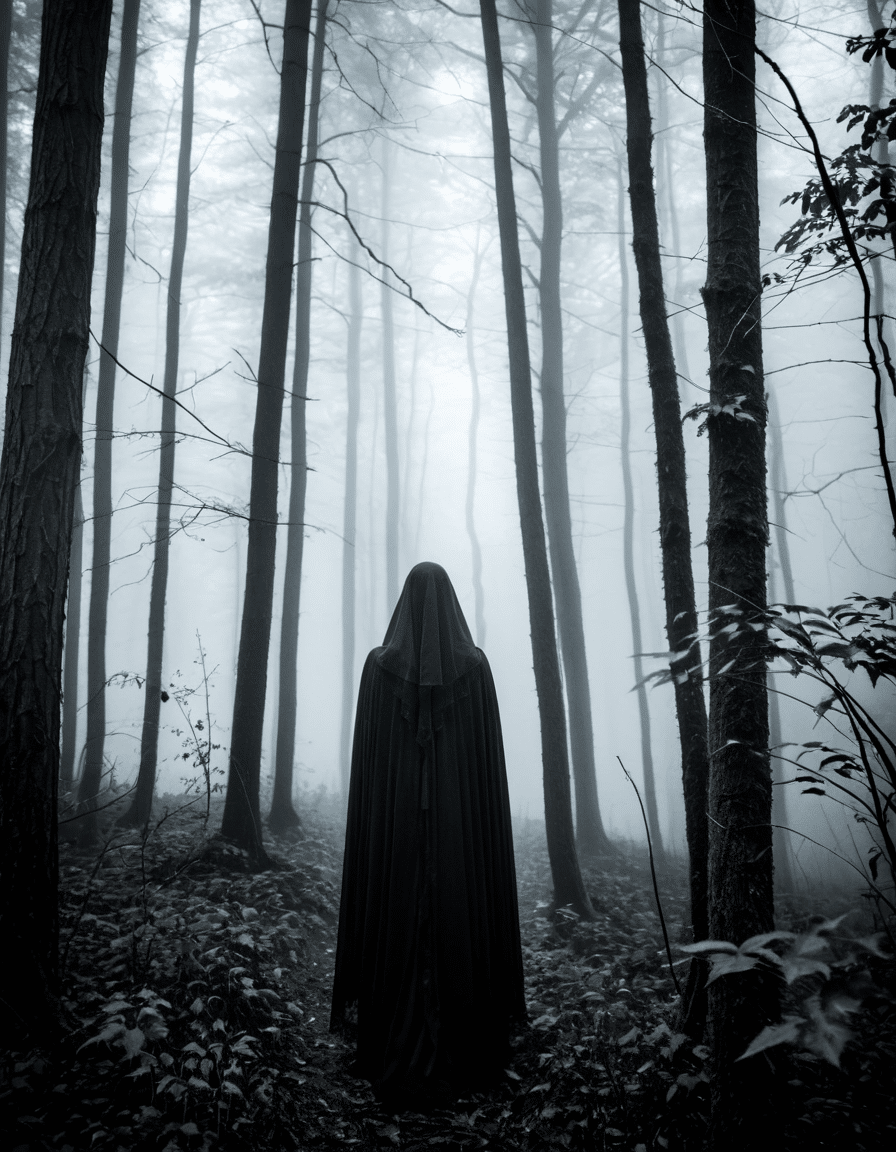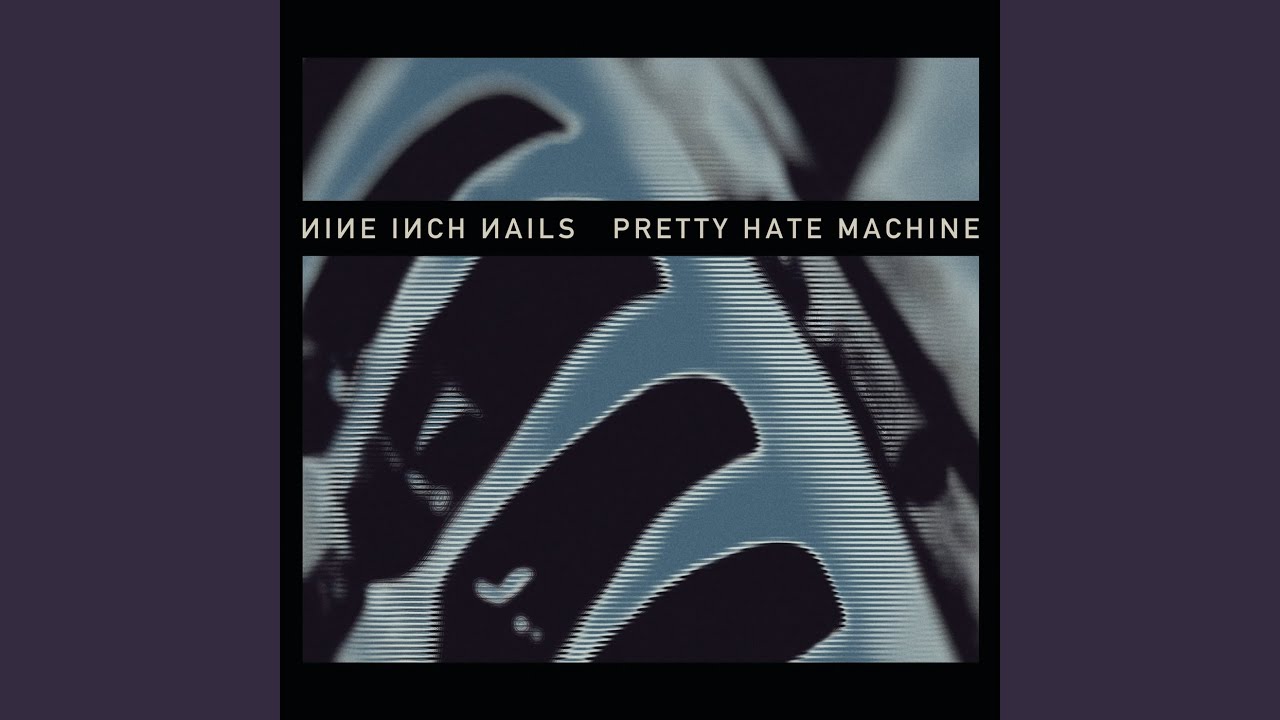Sin has always fascinated us, sitting at the crossroads of desire and morality. It’s like a dove wrapped in shadows, representing both beauty and danger, capturing our cravings and flaws. Throughout art, literature, and especially film, this theme reflects not only personal battles but also the struggles of society at large. As we turn our gaze to cinema, we find that it artfully explores this duality of sin, inviting us to look deeper into the human experience.
Sin: The Duality of Desire and the Human Experience
Every captivating story pulls from the well of sin, examining how individual choices ripple out to touch society. The enchantment and destruction of sin in film highlight that moral ambiguity is not only a flaw but a fundamental piece of humanity. Think of how movies serve as both mirrors and windows, reflecting our innermost struggles while revealing the complexities of life. Whether it’s a crime thriller or a poignant drama, the allure of sin keeps viewers engaged, prompting them to question their values.
As we unearth the layers of sin in cinema, we discover that filmmakers use it as a means to provoke thought and discussion about our personal and collective ethics. It communicates tales of temptation, human failing, and the quest for redemption. Each of these themes weaves together an intricate tapestry that illustrates our moments of weakness and the impactful consequences that follow.

7 Sinful Themes in Cinema and Their Societal Impact
The connection between sin and cinema allows us to explore the intricacies of moral dilemmas and their societal implications. Here are seven stellar films that spotlight sin, beckoning viewers to confront their own moral compasses while shedding light on the vast human experience.
1. The Wolf of Wall Street: Greed’s Temptation
Directed by Martin Scorsese, this 2013 film pulls back the curtain on Wall Street’s excess. Leonardo DiCaprio’s Jordan Belfort embodies the intoxicating nature of greed, where his relentless pursuit of wealth offers bliss before spiraling into chaos. The movie doesn’t shy away from scrutinizing capitalism’s darker sides, prompting audiences to question their own relationship with money and success.
2. Seven: The Consequences of Sin
David Fincher’s chilling 1995 thriller uses the framework of the seven deadly sins to depict the grim reality of crime and punishment. Each sin—gluttony, greed, sloth, wrath, envy, lust, and pride—comes alive in each murder, forcing viewers to confront the brutal reality of vices. As the characters grapple with the consequences of their actions, the film ignites a thoughtful dialogue about justice and morality.
3. Requiem for a Dream: Addiction and the Fallibility of Desire
Darren Aronofsky’s 2000 film draws viewers into the harrowing world of addiction, showcasing how the pursuit of unattainable desires can lead to horrific consequences. The characters’ struggles not only expose the personal demons of addiction but highlight the societal pressures driving them. It’s a heartbreaking reminder that sin doesn’t just damage individuals; it often takes down families and communities.
4. A Clockwork Orange: The Nature of Free Will and Sin
Stanley Kubrick’s 1971 adaptation leaves audiences questioning the nature of morality. Through Alex DeLarge’s violent escapades, the film flaunts the inherent conflict between sin and societal rules. It pushes the envelope on rehabilitation versus punishment, allowing viewers to reflect on the fine line between free will and moral obligation.
5. American Beauty: The Pursuit of Happiness and Moral Decay
Sam Mendes’ 1999 film dives into the seemingly perfect suburban life—revealing the seductive nature of lust and the fallout of moral decay. Lester Burnham’s pursuit of pleasure unravels his family and personal relationships, prompting a critical examination of the American Dream. This stark contrast between desire and accountability opens up conversations on what happens when people get lost in their self-gratification.
6. Gomorrah: The Blurred Lines of Crime and Community
Set against the murky backdrop of organized crime, this Italian film exposes the sins of greed and power through Roberto Saviano’s rigorous lens. Portraying life within the Neapolitan mafia, it prompts viewers to discover how everyday existence intertwines with moral ambiguity. The film highlights the gritty realities of community loyalty juxtaposed against sin, leaving audiences with stark realizations.
7. Her: Isolation and the Nature of Connection
Spike Jonze’s 2013 film elevates the conversation about sin and human connection in our modern world. Theodore’s relationship with an AI leads to significant ethical questions about love, fidelity, and emotional disconnection. As it ventures into themes of intimacy in the digital age, the film invites audiences to contemplate the hollow nature of today’s interactions and the sins wrapped in technology.

Reflections on Sin’s Enduring Influence
The exploration of sin through film adds another layer of rich commentary on human behavior and societal norms. Each film sheds light on our struggles, showcasing both the beauty of desire and its corrupting influence. The allure of sin compels us to delve into poignant questions about our values and the moral dilemmas we encounter daily.
As we peel back the layers, the narratives we consume continue to resonate powerfully. They remind us that the dark aspects of humanity are intertwined with our journey, forcing us to confront the fine line between virtue and fallibility. Sin, like that symbolic dove cloaked in shadows, represents a duality we all wrestle with, shaping our identities in profound ways.
In a world where we’re constantly assessing our choices, stories about sin continue to have a timeless relevance. They capture our victories, defeats, and everything in between, crafting a narrative that mirrors not just our individual flaws, but the collective human experience. It’s this unresolved tension—the beautiful yet fraught struggle—that keeps us tuning into films year after year, always searching, always questioning.
Sin’s Intriguing Mystique and Humanity
The Allure of Sin
Ah, sin! This concept has a magnetic pull on humanity, with its dark allure showcased in art, literature, and cinema. Interestingly, research shows that moral transgressions can actually boost your brain’s reward system, releasing dopamine and creating a sense of pleasure. Just think about how much people love a good story about bad behavior. It’s almost like indulging in a fountain Of youth—tempting and refreshing, but there are consequences! This thrill is why movies often feature actors who bring these darker themes to life—taking the Star Wars 1 cast as an example, their choices often revolve around moral dilemmas that keep audiences hooked, right?
Sin Through the Ages
Throughout history, different cultures have varied perspectives on sin, shaping their beliefs and practices. For instance, many folktales include catchy mnemonic to remember the cardinal sins, helping generations grapple with morality. And, let’s not forget, even in modern entertainment, the themes of sin are cleverly woven into popular culture. People often discuss redemption arcs in music, like those found in the , where themes of love and regret take center stage. It’s fascinating how entertainment can reflect our ongoing struggle with sin, engaging us in a conversation that feels personal and universal at once.
Traditions and Treasures
Curiously, the allure of sin isn’t limited to tales of wrongdoing. It even finds space in leisure activities—did you know enjoying a Saturday evening vibe with a patio set With fire pit could inspire deep conversations about life’s moral challenges? It’s in those simple moments where the essence of sin often rears its head, causing us to question our choices. Likewise, figures like Roger Guenveur smith have explored sin through performance art, sparking reflections on identity and morality. Our conversations and experiences offer a glimpse into how sin permeates our understanding of ourselves and our relations with others, showing that while sin is heavy, it’s also a way for humanity to connect, reflect, and perhaps even find redemption in the process.








